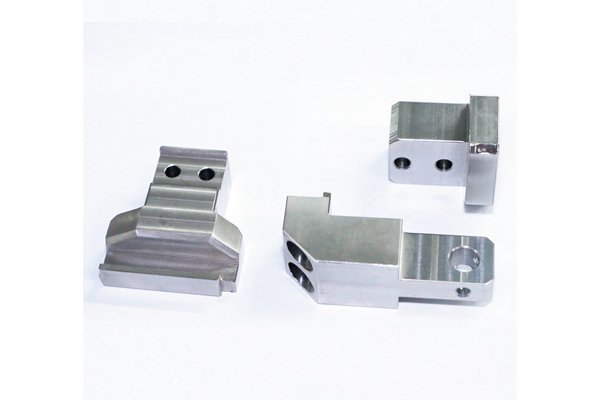Did you know that brass, particularly the alloy known as 66 brass, is one of the most versatile and widely used materials in the machining industry? Composed primarily of copper and zinc, 66 brass boasts excellent corrosion resistance, high thermal and electrical conductivity, and outstanding workability. Notably, according to a report by the Brass Association, brass components accounted for almost 10% of all materials used in various engineering applications in
In this comprehensive blog, we’ll dive deep into the CNC processing requirements for this particular alloy, including the specific challenges, recommended techniques, and technological advancements that ensure the production of high-quality, precision-engineered components.
Understanding 66 Brass
Before delving into the CNC processing intricacies, it’s essential to understand what distinguishes 66 brass from other brass alloys. 66 brass typically consists of approximately 66% copper and 34% zinc. This high copper content enriches the alloy with superior machinability and weldability compared to alternative materials, making it an ideal choice for various applications, including plumbing, electrical fittings, and valves.
Key Properties of 66 Brass:
CNC Processing Challenges for 66 Brass
Although 66 brass presents numerous advantages for manufacturers, there are specific challenges that CNC operators must address to ensure optimal component quality.
The machining parameters for 66 brass must be optimized to avoid overheating, which can lead to workpiece distortion. Operators should consider the following:
Efficient cooling is essential during CNC processing of 66 brass to prevent heat buildup. Strategies include:

Best Practices for CNC Machining 66 Brass
With the challenges in mind, implementing best practices in processing 66 brass can lead to high-quality and precise components.
A critical initial step is ensuring that raw materials are free of defects. This includes surface inspections, removing contaminants or oxidized layers, and ensuring the brass is adequately aged for optimal strength.
Employing advanced CAM (Computer-Aided Manufacturing) software allows for optimal toolpath programming. This can significantly reduce cycle time and enhance overall asset utilization while maintaining accuracy.
Regular inspections are crucial to maintain compliance with industry standards after each processing stage. Implementing in-process inspection techniques such as laser scanning and visual inspections ensures that dimensional tolerances are met.
Investing in continuous training for CNC operators to stay updated with the latest machining techniques, technologies, and safety practices can facilitate better productivity and product quality.
Technological Advancements in CNC Machining of 66 Brass
As technology continues to evolve, so do the methodologies in CNC processing. CNC machining of 66 brass has benefitted from various advancements:
Five-axis machines offer enhanced flexibility and greater access to complex geometries. This innovation allows for improved precision and a smoother finish, minimizing the need for secondary operations.
Implementing automated solutions for material handling and part inspection enhances efficiency and reduces human error. Robots can take over repetitive tasks, allowing human operators to focus on higher-level problem-solving aspects.
Utilizing coated tools designed to withstand high wear rates results in improved productivity and longer tool life, ultimately reducing machining costs.
CNC processing of 66 brass is a specialized domain that requires a thorough understanding of its material properties, challenges, and effective machining practices. This blog has navigated through the essential aspects of CNC processing for 66 brass, covering everything from tool selection to technological advancements that promote efficiency and precision.
As industries continue to expand their reliance on high-quality brass components, reflecting on the specific requirements of CNC machining will be vital for a competitive edge in the market. By adopting the best practices and staying attuned to technological developments, manufacturers can ensure that they meet the rising expectations for quality and performance in precision engineering.
In conclusion, investing time to understand the nuances and requirements of CNC processing 66 brass is not just beneficial; it’s essential for achieving success in today’s demanding manufacturing landscape. So, next time you consider incorporating 66 brass into your projects, remember the vital impact of careful CNC machining techniques on the final product’s performance and reliability.






